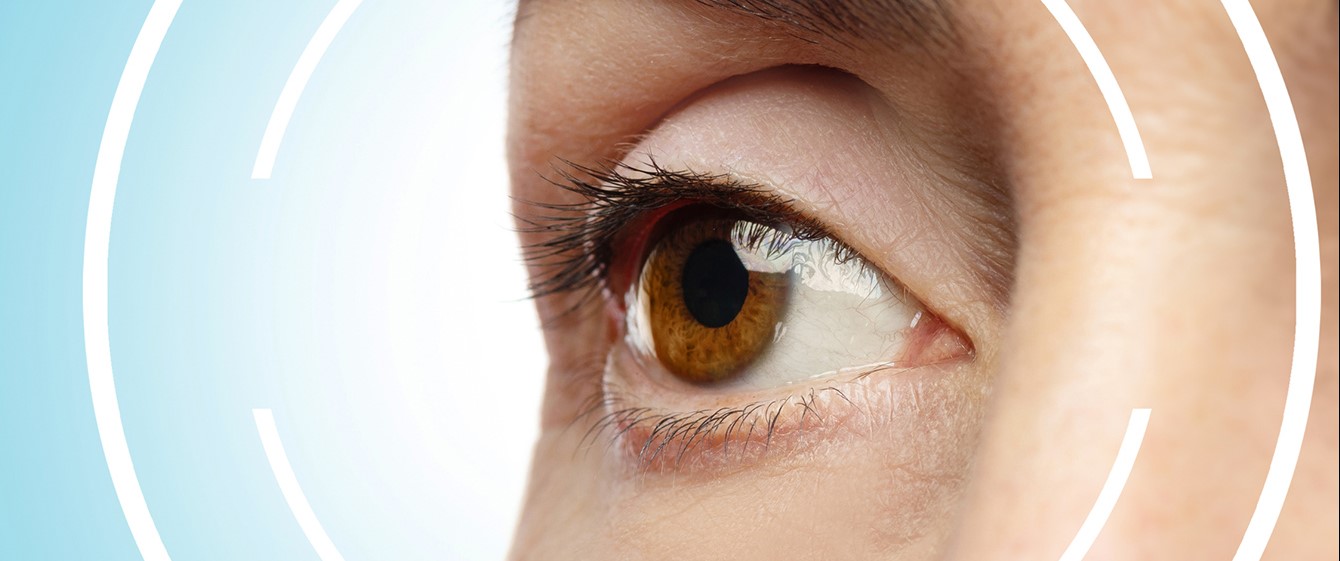Cyclodiode Laser
Cyclodiode is a laser that is designed to treat glaucoma. It uses a concentrated beam to target the area of the eye that produces fluid (ciliary body). Cyclodiode is normally used when other treatments have failed.
Glaucoma can be caused by a high pressure in the eye that is either due to poor drainage of the fluid out of the eye or too much fluid being produced in the eye. Cyclodiode targets the fluid production of the eye and can be performed on selected areas of the eye. By targeting the drainage area of the eye, the aim of the laser procedure is to reduce the overall eye pressure.
The procedure takes 4-6 weeks to work fully.
Cyclodiode can help to prevent or slow further glaucoma damage.
Cyclodiode is generally effective and is used to save the remaining sight you have, it will not restore or improve your vision.
Effects of the treatment can be significant; however, the pressure in the eye may increase slowly over months to years. If desired, Cyclodiode can be repeated.
On arrival, Mr Agarwal will speak with you about Cyclodiode again and if you agree to go ahead with the procedure, will ask you to sign a consent form. He may check the pressure in the eye to ensure no other changes he has tried with you have brought your pressure within its target range.
It may be helpful to bring a friend or family member with you to help get you home at the end of the procedure. Usually, you can go home on the same day as this procedure and will have a follow-up appointment arranged to ensure the treatment was effective.
Normally, Cyclodiode is performed in theatre under local anaesthetic, where the eye is numbed with drops and then a small injection is made to further numb the eye. The anaesthetic may temporarily affect your vision.
If you’re very nervous about the procedure, sedation or general anaesthetic are options you can discuss with Mr Agarwal.
The procedure takes about 20-30 minutes and during this, a small probe is used to apply the laser treatment and is placed against your eye. A protective eye covering may be placed over your treated eye at the end of the procedure.
After the procedure, you should continue with any glaucoma medications you have been previously prescribed, unless directed to stop by Mr Agarwal. If you are uncertain when you get home please get in touch with the clinic.
Mr Agarwal may prescribe some anti-inflammatory medications or eye drops to help the eye settle.
As the eye recovers from the laser you may find it red and uncomfortable and your vision may be slightly blurry for up to a few weeks after; however, this should improve with each day and over the next 1-2 weeks your eye should return to normal.
Most people take some time off work to recover after the procedure, this is often 1-2 weeks, but depends on what you do for work and how your eye responds to the treatment.
It is safe to resume your normal activities after the procedure and you are able to fly after the procedure.
Mr Agarwal may book in a series of appointments with you following the procedure to ensure the eye is settling as expected.
Serious complications following Cyclodiode are very rare; however, your eye may be red and sore afterwards and it is important to use your prescribed drops to help improve this.
Commonly, patients report having blurred vision which slowly improves.
For some individuals, the treatment may need to be repeated or may not lower the eye pressure to the target range. There is a rare risk that the pressure may become too low in the eye (hypotony). If this does not improve, this can cause loss of vision and change the shape of the eye.
30% of patients need to have a repeat laser treatment to further decrease the pressure in the eye.
Although very rare inflammation can occur in the treated eye or in the untreated eye.
If you experience any other symptoms including sudden loss of vision, pain or worsening of the blurring of vision in either eye please do not delay in contacting the clinic or seeking assistance immediately.
Summary
Cyclodiode is often an option discussed when other options become impractical or are too great of risk to your eye. If Mr Agarwal thinks Cyclodiode is an option in your treatment, he will discuss this with you as well as any alternatives, including no further treatments. If you chose not to have treatments you may find your eye is further affected by glaucoma.
Accuracy
While care has been taken to compile accurate information and to keep it up to date, Mr Agarwal cannot guarantee its correctness and completeness. The information provided in this information sheet is designed to support care and is not a substitute for professional healthcare advice, by a qualified doctor or other healthcare professional, which will be tailored to a patient’s individual circumstances.

